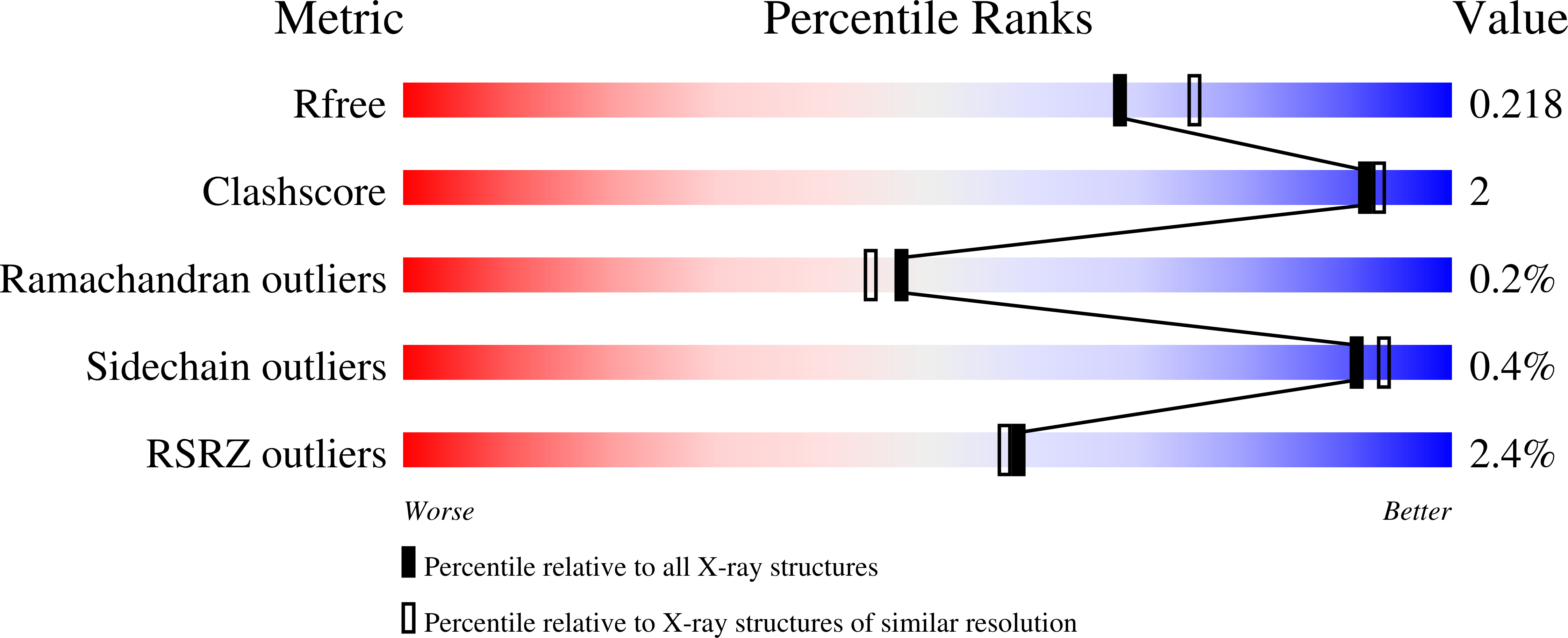
Deposition Date
2023-09-05
Release Date
2024-04-03
Last Version Date
2024-06-19
Entry Detail
PDB ID:
8QG1
Keywords:
Title:
Crystal structure of oxidized respiratory Complex I subunits NuoEF from Aquifex aeolicus bound to ADP-ribose
Biological Source:
Source Organism:
Aquifex aeolicus VF5 (Taxon ID: 224324)
Host Organism:
Method Details:
Experimental Method:
Resolution:
2.00 Å
R-Value Free:
0.20
R-Value Work:
0.17
Space Group:
P 21 21 21


